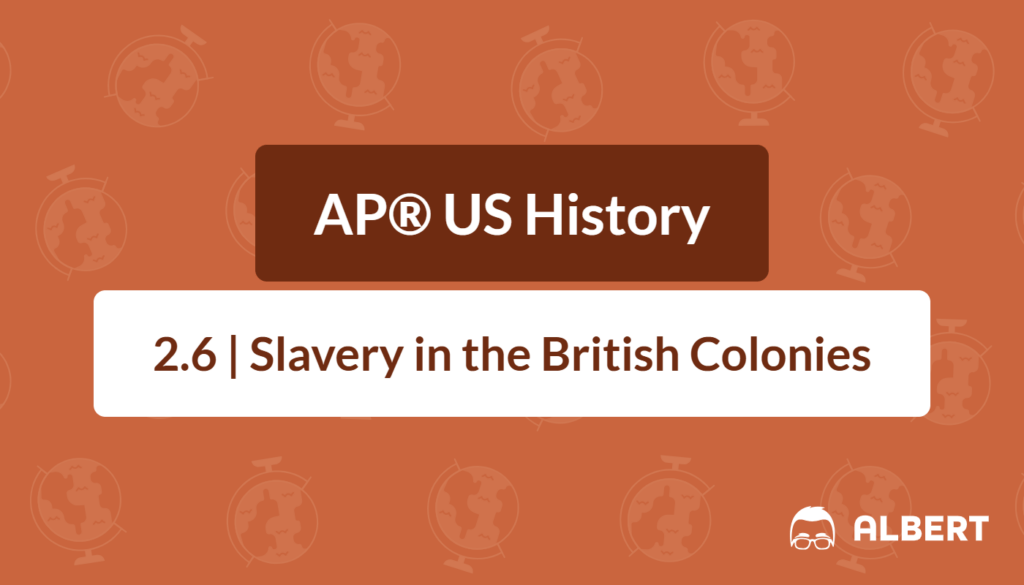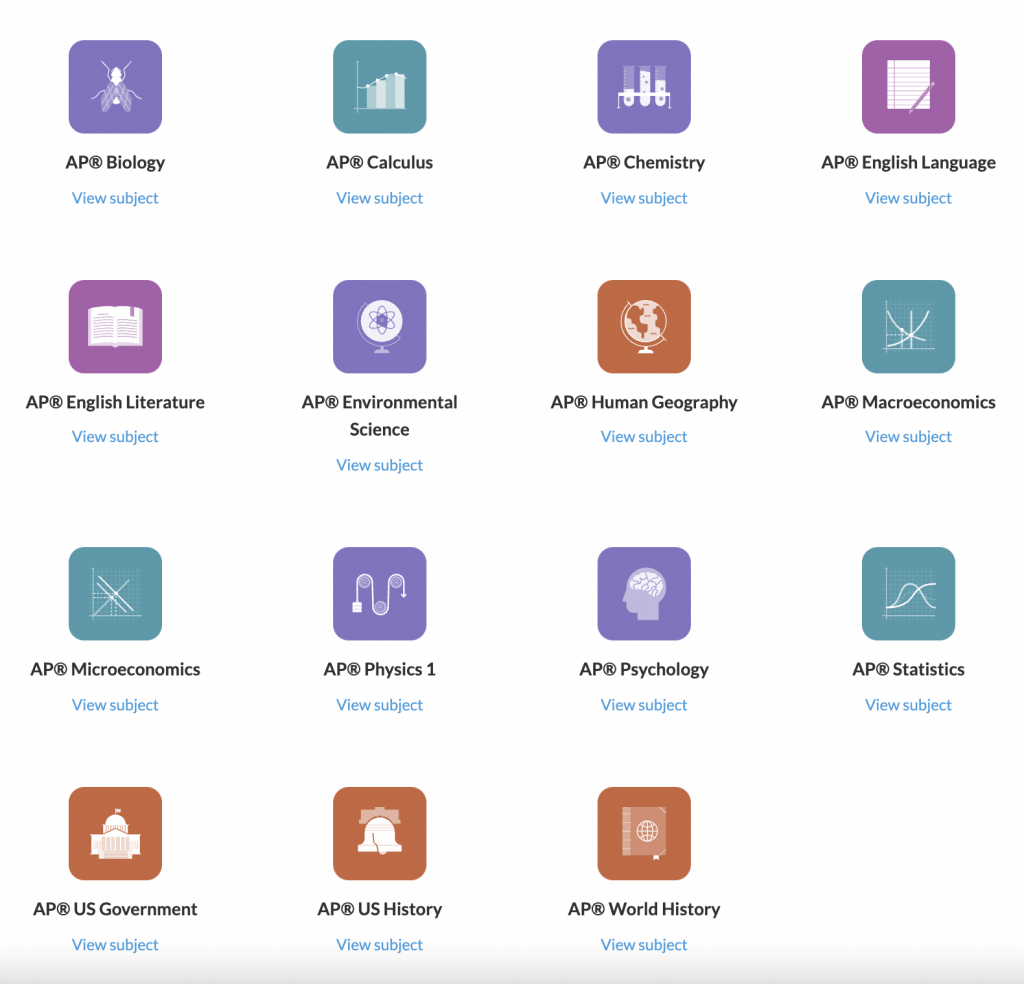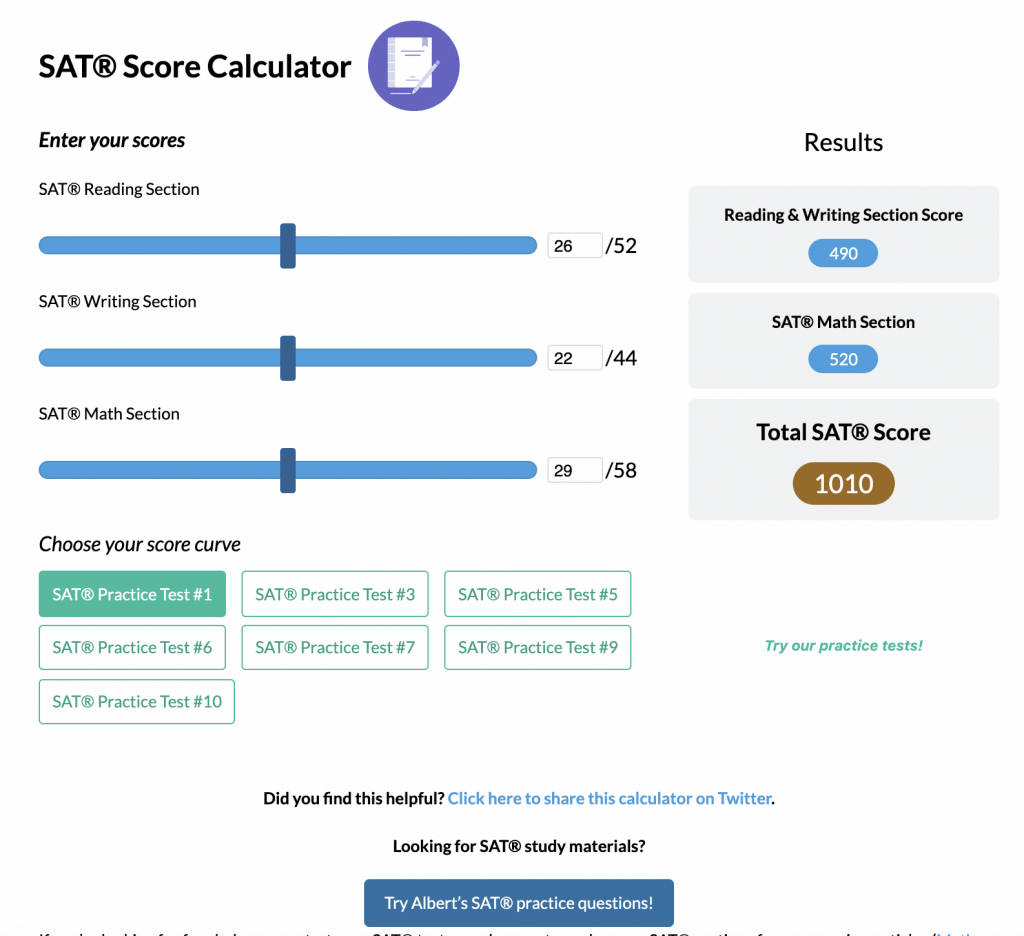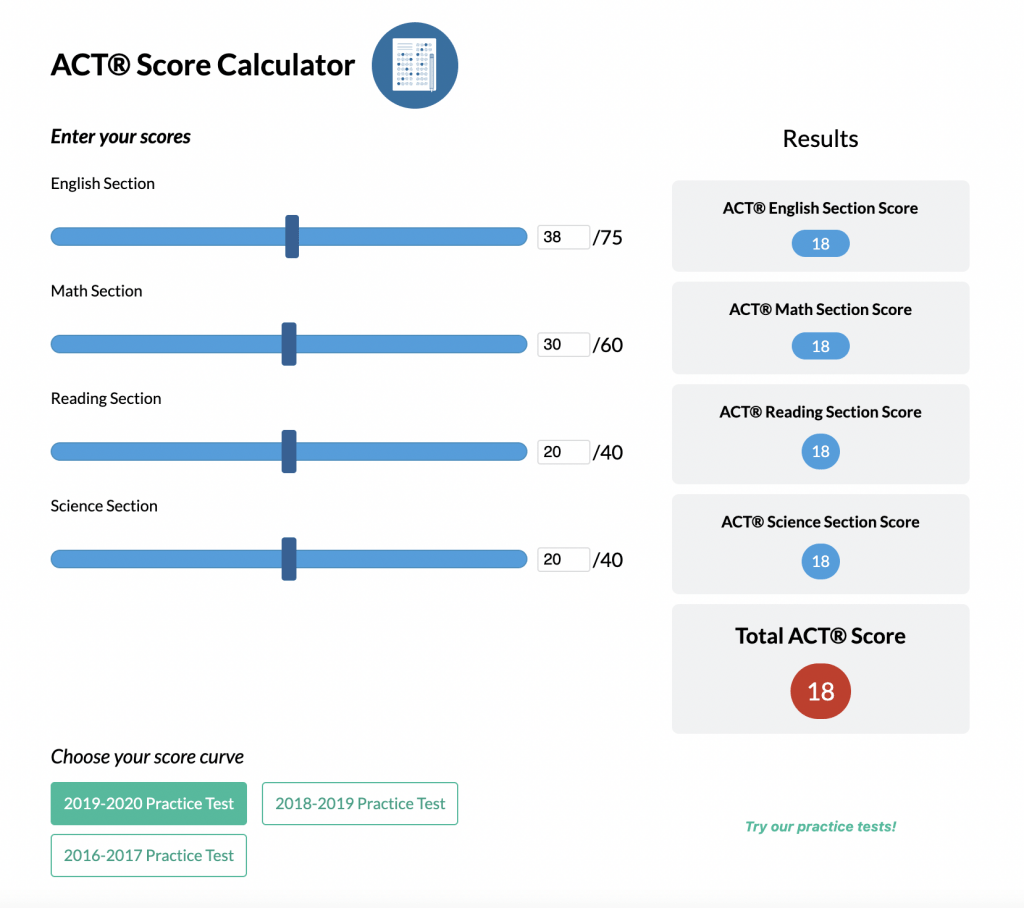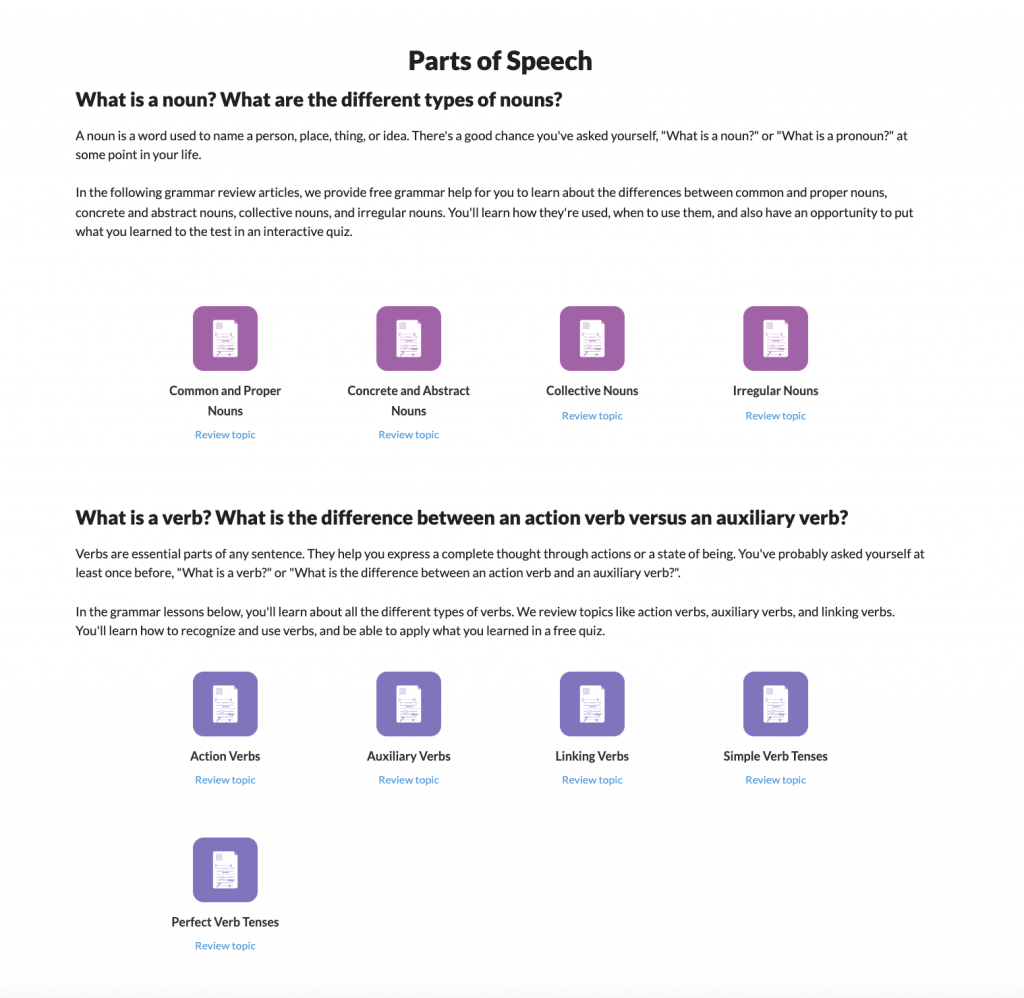What We Review
Introduction
Understanding slavery in the British colonies is essential for anyone studying AP® US History. This topic connects to key themes like economics, society, and the law in colonial America. When exploring “slavery in British colonies,” students gain insight into how forced labor shaped the colonies’ growth and daily life. In this guide, you will learn:
- Why slavery grew in British North America
- How slavery looked different in each region
- How laws turned slavery into a rigid racial system
- How enslaved people responded and resisted
Understanding these ideas can help you answer both multiple-choice and essay questions about colonial slavery on the AP® US History exam.
Causes of Slavery in the British Colonies
Economic demands led colonists to expand slavery in the British colonies, and they shaped the system through racial inequality and coercion. Colonists developed a labor system that treated Africans as property and relied on force to maintain control, making slavery a central part of colonial society in the Americas.
Key Causes:
- High European Demand for Colonial Goods:
European consumers drove up demand for products like tobacco, rice, sugar, and later cotton. These crops required intensive labor on large plantations, leading colonists to seek a permanent, controllable workforce. - Abundance of Land:
As English colonists acquired more land—often by taking it from Native peoples—they needed laborers to turn it into profitable farmland. - Decline of Indentured Servitude:
European indentured servants met early labor needs by agreeing to work for a limited number of years in exchange for passage to the colonies. However, as conditions improved in Europe and word of the harsh realities in the colonies spread, fewer people were willing to enter these contracts. - Expansion of the Atlantic Slave Trade:
To meet growing labor demands, colonists increasingly turned to the transatlantic slave trade. Slave traders captured millions of Africans, sold them, and forced them onto overcrowded ships for the brutal Middle Passage. Upon arrival in the Americas, enslavers sold them as property, stripped them of their freedom, and subjected them to a lifetime of forced labor, violence, family separation, and systemic abuse.
Why Did Colonists Import More Enslaved Africans?
In the early colonial period, many planters used indentured servants to work their fields. But as the need for labor grew and the number of willing European workers declined, colonists began turning to enslaved Africans.
- Fewer Europeans chose indentured servitude as opportunities in Europe improved.
- Large-scale plantations—especially in the Chesapeake and Lower South—required a stable, long-term labor force.
- Planters embraced slavery, seeing it as a way to control labor permanently and brutally.
- The Atlantic slave trade offered them access to a vast supply of human beings they could exploit without legal or moral limits.
This transition marked a violent and systemic shift in colonial society. By the late 1600s, racial slavery had become deeply entrenched, shaping not only the economy but also the laws, culture, and social hierarchy of the colonies.
Regional Differences in Slavery
Slavery was not the same in every British colony. The system looked different depending on the region.
New England Colonies
- Small Farms: Most farms were small and family-run. Few enslaved people worked in agriculture.
- Port Cities: Enslaved labor was more common in cities like Boston, used for domestic work and skilled trades.
Chesapeake and Southern Colonies
- Plantation Economy: Huge tobacco, rice, and indigo plantations dominated.
- Heavy Reliance: These regions had large enslaved populations working in fields for long hours.
The West Indies
- Sugar Plantations: The vast majority of enslaved Africans in the Atlantic trade went to the Caribbean, not mainland colonies.
- Economic Impact: Sugar was extremely profitable but required brutal labor.
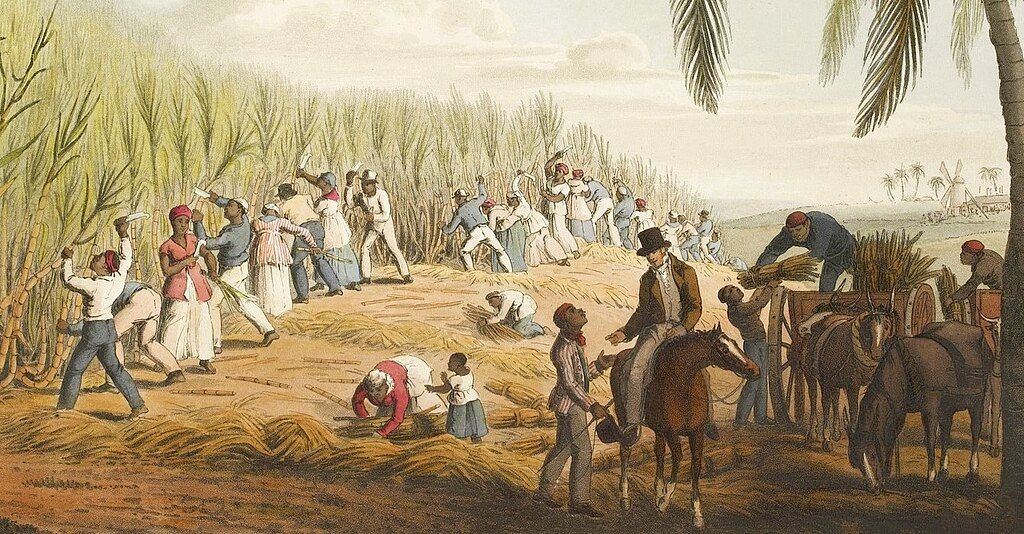
William Clark, Public domain, via Wikimedia Commons
Comparing Slavery in New England and the Southern Colonies
Slavery existed in both New England and the South, but the scale, purpose, and working conditions varied due to differences in geography, economy, and labor needs.
New England Colonies
- Focused on small-scale farming, fishing, trade, and shipbuilding.
- Enslaved people were less common, but slavery still existed.
- Most enslaved individuals worked in homes, docks, shipyards, or artisan trades, rather than in large agricultural settings.
- The smaller demand for labor meant slavery was present but not central to the economy.
Southern Colonies (like Virginia and South Carolina)
- Built around large plantations growing labor-intensive cash crops like tobacco, rice, and indigo.
- Enslaved Africans were the primary labor force, often working in harsh conditions from sunrise to sunset.
- Southern colonists enslaved a much higher percentage of the population than in other regions.
- Slavery was deeply embedded in the region’s economy, laws, and social order.
Check Your Understanding
What is one major difference between slavery in New England and the South?
- Smaller farms and lower labor demands in New England limited the extent of slavery, though it still existed. Enslaved people often worked in domestic service or skilled trades.
- In the South, slavery was widespread and central to the plantation economy. Most enslaved people worked in agriculture under brutal conditions.
The Development of Racial Slavery in the British Colonies
Slavery in the early British colonies began as a system primarily based on labor needs. But by the late 1600s, colonial leaders transformed it into a system based explicitly on race—designed to permanently enslave Africans and their descendants while protecting the power of white colonists.
What Is Chattel Slavery?
Chattel slavery is one of the most violent and dehumanizing forms of enslavement. Under this system, enslaved people were considered legal property, not human beings.
- Enslaved individuals could be bought, sold, traded, inherited, and punished without legal protection.
- They were denied all rights—forced to work for life with no chance for freedom.
- Children born to enslaved mothers were automatically enslaved, no matter who their father was.
This system was designed to erase freedom, destroy families, and justify brutal control through legal and economic structures.
How Colonial Laws Created Racial Slavery
Colonial governments passed laws that tied enslavement to African ancestry, locking people into a racial caste system that justified lifelong, inherited bondage.
- Status by Race: In 1662, Virginia passed a law known as partus sequitur ventrem—meaning a child’s legal status followed the status of the mother. This ensured that slavery would be passed from one generation to the next, no matter the father’s status.
- Marriage and Sexual Control: Colonies banned interracial marriages and relationships, policing both personal behavior and reproduction to protect the racial hierarchy.
- Racial Caste System: These laws reinforced a social order with white colonists at the top, and Black people—enslaved and free—subjected to systemic violence, legal discrimination, and total exclusion from rights.
Example: Analyzing a Slave Code
Law: Virginia (1662) – A child’s status (free or enslaved) would follow the status of the mother.
Impact:
- Before the law: The status of mixed-race children—especially those with free or white fathers—was unclear.
- After the law: Any child born to an enslaved mother was automatically enslaved, no matter who the father was.
- Why this matters: This law institutionalized hereditary slavery, and ensured that African enslavement would continue for generations. It also protected white enslavers who fathered children with enslaved women, shielding them from legal responsibility while preserving the enslaved labor force.
Check Your Understanding
How did colonial laws use race to determine enslaved status?
- Laws defined slavery as hereditary and racial, ensuring that Black children would be born into slavery even if their fathers were free or white.
- These laws created a permanent, race-based system of oppression, where Black people were denied freedom and humanity under colonial law.
- This legal system normalized extreme violence, family separation, and exploitation, and laid the foundation for systemic racism in the United States.
Forms of Resistance
Overt Resistance
These were direct and visible actions that openly defied the system of slavery:
- Slave Rebellions: Armed uprisings were rare but deeply feared by colonial authorities. The most notable in the colonial era was the Stono Rebellion (1739) in South Carolina, where a group of enslaved men seized weapons, killed white colonists, and attempted to escape to Spanish Florida, where emancipation had been promised.
- Runaways: Many enslaved people risked their lives to escape, seeking freedom in northern colonies, in Spanish Florida, or among Native American communities.
- Sabotage and Work Stoppages: Some resisted by intentionally breaking tools, feigning illness, or slowing the pace of labor—actions that undermined plantation productivity and revealed the enslaved community’s agency even under constant surveillance.
Covert Resistance
Subtle, everyday acts of resistance allowed enslaved people to maintain a sense of identity, humanity, and community despite constant efforts by enslavers to strip them of autonomy:
- Family Preservation: Enslaved people created kinship networks across plantations, naming practices, and shared parenting to preserve family ties, even as enslavers frequently separated families through sale.
- Cultural Retention and Adaptation: African cultural traditions—especially in music, oral storytelling, cuisine, language, and dress—were adapted and preserved, helping maintain collective memory and identity.
- Spiritual Resistance: Enslaved Africans blended African religious beliefs with Christianity to form a unique spiritual tradition that offered hope, community, and a coded language of resistance (as seen in spirituals and religious gatherings).
Case Study: The Stono Rebellion (1739)
- Context: In South Carolina, enslaved people vastly outnumbered white colonists by the early 18th century, creating constant fear of revolt.
- The Event: On September 9, 1739, about 20 enslaved men, led by a man named Jemmy, stole firearms from a local shop and began marching south toward Spanish Florida, recruiting others and attacking white settlers along the way.
- Outcome: Militia forces suppressed the rebellion, killing most of the participants.
- Impact: In response, South Carolina passed the Negro Act of 1740, which further restricted enslaved people’s movement, education, and assembly. While the rebellion failed militarily, it exposed the instability of slavery and the lengths to which enslaved people would go to pursue freedom.
Check Your Understanding
How did enslaved people resist slavery, and what impact did their resistance have?
- Enslaved people resisted both openly and subtly, through rebellion, escape, sabotage, cultural preservation, and spiritual resilience.
- Their actions demonstrated that slavery was never uncontested.
- These forms of resistance shaped enslavers’ laws and behavior—often leading to harsher restrictions, but also revealing the moral and structural weaknesses of the system itself.
Summary and Key Takeaways
- All British colonies, to some degree, took part in the Atlantic slave trade.
- The South relied most heavily on enslaved labor due to large plantations and cash crops.
- Laws created a racial caste system, making slavery a permanent and hereditary condition tied to race.
- Despite harsh conditions, enslaved Africans showed resilience through both open rebellions and quiet cultural resistance.
- Understanding these points helps explain how colonial America’s society, economy, and laws were shaped by slavery.
Quick Reference Vocabulary Chart
| Term | Definition |
| Atlantic Slave Trade | The system of forcibly transporting Africans to the Americas to work as enslaved laborers |
| Indentured Servants | Workers contracted for limited years before gaining freedom, an early labor source |
| Chattel Slavery | A system where enslaved people are treated as property to be bought, sold, and inherited |
| Partus Sequitur Ventrem | Law: Children inherit their mother’s status; kept slavery hereditary and racial |
| Plantation | Large farms in the South that grew cash crops like tobacco, rice, or indigo |
| Racial Caste System | Laws and customs that divided people into groups based on race, locking in social status |
| Covert Resistance | Hidden ways enslaved people fought slavery – like preserving culture and slowing work |
Conclusion
Reviewing the causes, regional differences, laws, and resistance tied to slavery in the British colonies is vital for AP® US History success. These concepts appear often in both essay and multiple-choice questions. By understanding how slavery drove social, economic, and political life in colonial America, you build a strong foundation for your exam. Use this study guide and vocabulary chart to quiz yourself and strengthen your grasp of colonial slavery’s impact on American history.
Remember: Learning this material will not only help on the AP® US History exam but also deepen your understanding of how the past shapes the present.
Sharpen Your Skills for AP® US History
Are you preparing for the AP® US History test? We’ve got you covered! Try our review articles designed to help you confidently tackle real-world AP® US History problems. You’ll find everything you need to succeed, from quick tips to detailed strategies. Start exploring now!
- AP® US History: 2.7 Review
- AP® US History: 2.8 Review
- AP® US History: 2.9 Review
Need help preparing for your AP® US History exam?
Albert has hundreds of AP® US History practice questions, free response, and full-length practice tests to try out.

